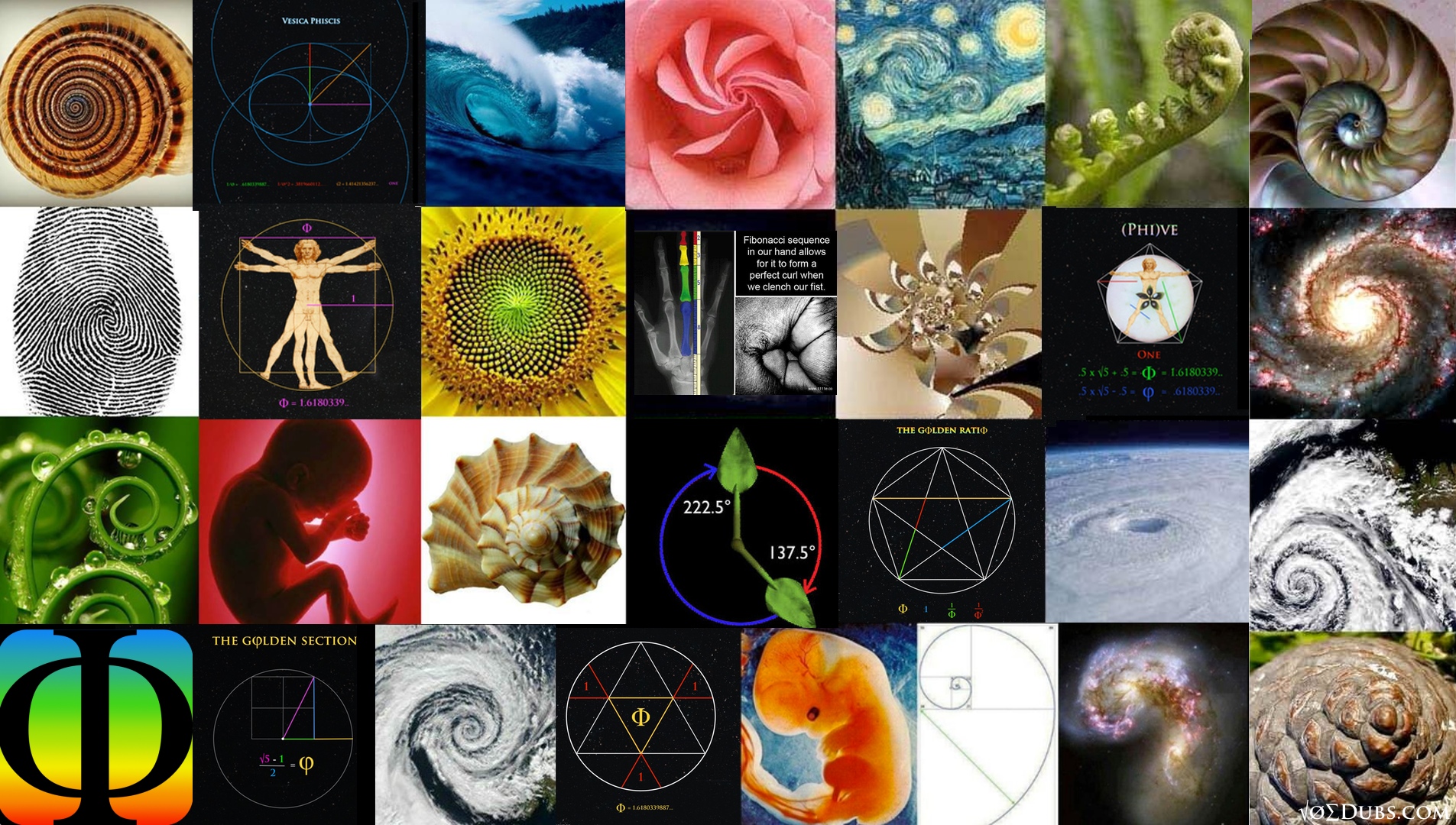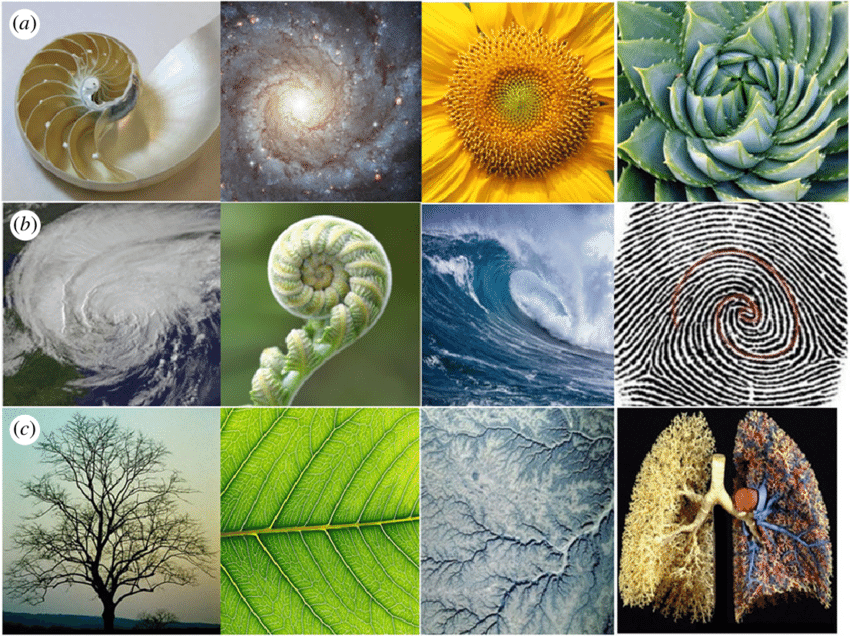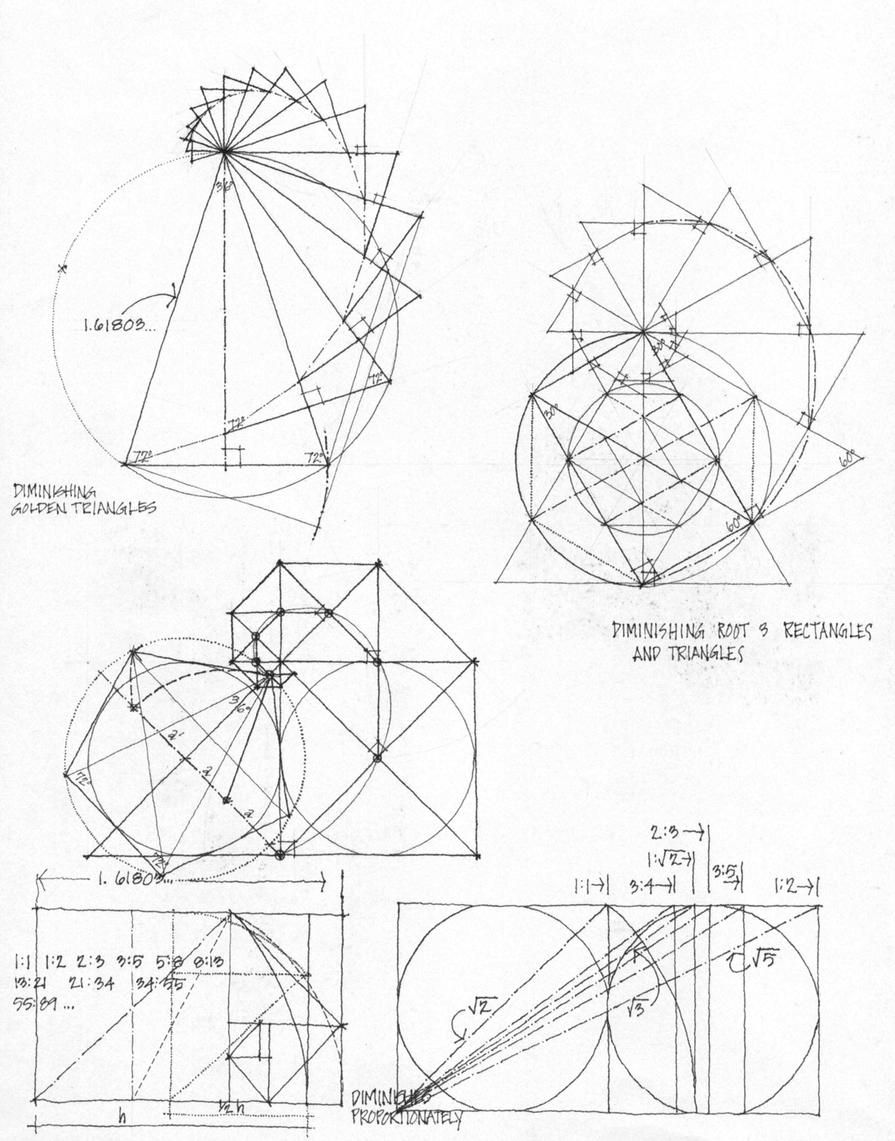Uses of Golden Ratio
There are many fields in which we are using the golden ratio. As like logo designing etc., Golden ratio is not just an number, it exist in the nature. Golden ratio is very interesting.

There are many fields in which we are using the golden ratio. As like logo designing etc., Golden ratio is not just an number, it exist in the nature. Golden ratio is very interesting.

Though people have known about phi for a long time, it gained much of its notoriety only in recent centuries. Italian Renaissance mathematician Luca Pacioli wrote a book called "De Divina Proportione" ("The Divine Proportion") in 1509 that discussed and popularized phi, according to Knott.
Pacioli used drawings made by Leonardo da Vinci that incorporated phi, and it is possible that da Vinci was the first to call it the "sectio aurea" (Latin for the "golden section"). It wasn't until the 1800s that American mathematician Mark Barr used the Greek letter Φ (phi) to represent this number.
As evidenced by the other names for the number, such as the divine proportion and golden section, many wondrous properties have been attributed to phi. Novelist Dan Brown included a long passage in his bestselling book "The Da Vinci Code" (Doubleday, 2000), in which the main character discusses how phi represents the ideal of beauty and can be found throughout history. More sober scholars routinely debunk such assertions.
For instance, phi enthusiasts often mention that certain measurements of the Great Pyramid of Giza, such as the length of its base and/or its height, are in the golden ratio. Others claim that the Greeks used phi in designing the Parthenon or in their beautiful statuary.But as Markowsky pointed out in his 1992 paper in the College Mathematics Journal, titled "Misconceptions About the Golden Ratio": "measurements of real objects can only be approximations. Surfaces of real objects are never perfectly flat." He went on to write that inaccuracies in the precision of measurements lead to greater inaccuracies when those measurements are put into ratios, so claims about ancient buildings or art conforming to phi should be taken with a heavy grain of salt.
The dimensions of architectural masterpieces are often said to be close to phi, but as Markowsky discussed, sometimes this means that people simply look for a ratio that yields 1.6 and call that phi. Finding two segments whose ratio is 1.6 is not particularly difficult. Where one chooses to measure from can be arbitrary and adjusted if necessary to get the values closer to phi.
Attempts to find phi in the human body also succumb to similar fallacies. A recent study claimed to find the golden ratio in different proportions of the human skull.

Examples of patterns in nature, including the golden spiral, the golden ratio and fractal self-similar structures. From left to right, (a) a nautilus shell, a galaxy, a sunflower, a desert plant; (b) a storm formation, a fern bud, an ocean wave, a finger print; (c) fractal properties in a branched tree, a leaf, river bed formation, a cast of human lungs.
There are many other fascinating mathematical relationships and oddities in both Phi and the Fibonacci series that can be explored in more depth, but for now let’s now take a step away from the purely mathematical and venture into nature, where Phi and the Fibonacci series manifest themselves pervasively, but not universally. Fibonacci numbers frequently appear in the numbers of petals in a flower and in the spirals of plants. The positions and proportions of the key dimensions of many animals are based on Phi. Examples include the body sections of ants and other insects, the wing dimensions and location of eye-like spots on moths, the spirals of sea shells and the position of the dorsal fins on porpoises. Even the spirals of human DNA embody phi proportions.
More intriguing yet is the extensive appearance of Phi throughout the human form, in the face, body, fingers, teeth and even our DNA, and the impact that this has on our perceptions of human beauty. Some would argue that beauty is in the eye of the beholder, but there is evidence to support that what we perceive as beauty in women and men is based on how closely the proportions of facial and body dimensions come to Phi. It seems that Phi is hard-wired into our consciousness as a guide to beauty. For this reason, Phi is applied in both facial plastic surgery and cosmetic dentistry as a guide to achieving the most natural and beautiful results in facial features and appearance.
The Golden Ratio is also found in geometry, appearing in basic constructions of an equilateral triangle, square and pentagon placed inside a circle, as well as in more complex three-dimensional solids such as dodecahedrons, icosahedrons and “Bucky balls,” which were named for Buckminster Fuller and are the basis for the shapes of both Carbon 60 and soccer balls.

Johannes Kepler (1571-1630), discoverer of the true elliptical nature of the orbits of the planets in the solar system described it as such: “Geometry has two great treasures: one is the Theorem of Pythagoras; the other, the division of a line into extreme and mean ratio. The first we may compare to a measure of gold; the second we may name a precious jewel.”
Art and design is infamously subjective. One person’s trash can be another’s masterpiece. But luckily there is an age-old number that can help aid your designs into scientifically-proven beauty: the Golden Ratio. Although art and design are often led by instinct and creativity, the Golden Ratio uses mathematics to transform your image-making, layout, typography and much more. So let’s get into it.
• One of the best things about the Golden Ratio is that it gives you a simple number to help structure the otherwise expressive nature of design. Simply multiply an element’s size by 1.618 to figure out the size of another element, or overlay the Golden Spiral to adjust their placement. You can use the Golden Ratio to guide you in your layouts, typography, imagery and more.
Designing the logo using the golden ratio is one of the most important receptions in the present. Sometimes this great privilege was enjoyed only by large and well-known brands. And today, many designers have mastered this technique and small firms can come up with a golden ratio logo design. In the pictures I have identified some famous brands that have a golden ratio logo.
The National Geographic logo uses a yellow frame with internal spaces in the golden ratio of 1: 1,61. Pepsi, on the other hand, uses the ratio of circles whose diameter is in golden ratio. One circle borders the edge of the logo, and the second circle forms a curve on the blue part of the logo. These are two simple applications of golden ratio. In the following example, somewhat more complex versions are used.

The Toyota logo is drawn from three ellipses. The one in the image that makes the logo frame and the two small ones in the middle overlap, making an abstract letter T. In the figure with the circles it is shown how the golden ratio is used. The ratio between upper and lower edges is 1: 1.61. Also, the cross-section is also in the same relationship. In other side, on each side we encounter a golden ratio. BP logo uses some rays or symbolizes the sun in four colors. White, yellow, green and dark green. The size of these rays is in the golden ratio circle. The circles were used where we start from the smallest each followed by 1.61 higher.

The most complex form of logo in golden ratio with Twitter and Apple logo. With these logos, each piece is drawn in a golden ratio. Apple logo is already a simple and popular logo, but who would say that it is so complexly drawn. The scapular curvature uses a certain circle size from the golden ratio of circles. With the Twitter logo, everything is done the same way.
For example, Green in Blue’s logo for baking business ‘The Hungry Gnome’ is a perfectly balanced contemporary-kitsch logo that uses the Golden Ratio to guide image placement, and the sizing of its text.Rahajoe’s logo for Little Spoon uses circles within the Golden Ratio as a grid to guide their design. When designing a logo, you can even imagine the Fibonacci sequence as a series of circles, then rearrange them to form a grid as the foundation for your logo design. This is the basis of many logos, including the Twitter bird.A well-conceived logo is vital to your brand so people can understand your core message at almost a single glance. That’s why it’s a great idea to consider the Golden Ratio when designing a logo to instantly draw people in and help them connect.